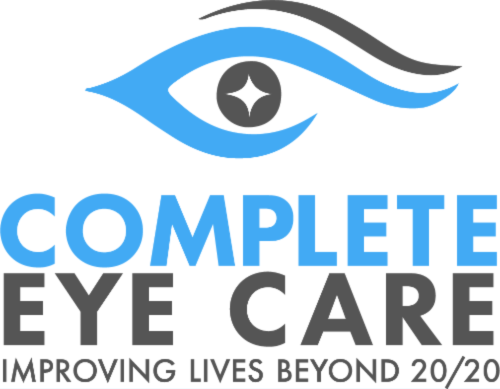 The shape of your eyeball can have a significant impact on the way you see the world around you. In many cases, visual issues caused by the shape of your eye can be addressed by the right pair of glasses or contacts. In some cases they can’t. Read on to learn more about your eye's shape and how it impacts your vision.
The shape of your eyeball can have a significant impact on the way you see the world around you. In many cases, visual issues caused by the shape of your eye can be addressed by the right pair of glasses or contacts. In some cases they can’t. Read on to learn more about your eye's shape and how it impacts your vision.
The Shape of a Healthy Eye
If your eyes are healthy and properly shaped, light passes through the clear, rounded front part of your eye, called the cornea. It then focuses through the lens of your eye, and is projected clearly onto the retina, the photosensitive nerve tissue at the back of your eye. From there, the light is translated into visual information, which is carried by the optic nerve to the brain’s visual cortex, where it is interpreted and rendered as sight. If any of these parts are damaged or misshapen, it can have a serious impact on vision.
Unhealthy Eye Shapes That Impact Vision
The Myopic Eye
If your eye is too long, you’ll experience myopia (nearsightedness). This means that things that are far away will seem blurry to you, but will come into better focus as you get closer to them. This occurs as a result of the cornea and lens focusing light too far forward in the elongated eyeball. This means that by the time the light reaches the retina, it’s already slightly scattered and blurry, and this is the visual information being sent to the brain.
The Hyperopic Eye
Hyperopia (farsightedness) is exactly the opposite case. You’ll see objects more clearly from far away, but they become blurrier as you come closer to them. This happens because your eyeball is too short, resulting in light not having enough space to properly focus before reaching the retina. Being further away from an object gives it more time to come into focus before reaching the back of the retina, producing a clearer image.
An Irregular Cornea
 A healthy cornea uses its smooth dome shape to properly bend incoming light for clear vision. However, a number of conditions can warp the shape of the cornea, causing incoming light to be scattered or not properly bent as it enters the eye.
A healthy cornea uses its smooth dome shape to properly bend incoming light for clear vision. However, a number of conditions can warp the shape of the cornea, causing incoming light to be scattered or not properly bent as it enters the eye.
Common conditions affecting the cornea include astigmatism, in which the surface of the cornea is uneven rather than smooth, and keratoconus, in which the cornea takes on a conical shape, rather than the healthy, rounded dome shape.
For information about how we can help you see clearly and comfortably no matter the shape of your eye, visit our Belmont eye clinic or give us a call at 704-825-9002 today!
